
Medical Schools of the Internet / YouTube / Social Media
Approximately twenty years ago, with the rise of social media and online video platforms, so-called “medical schools of the Internet” began to grow. In my practice we noticed the effect immediately: patients—often referred by physicians and tested with every available medical exam—would search the Internet and return convinced they had been misdiagnosed. This led to a surge of self-diagnoses, anxiety, and new stress-related illnesses.
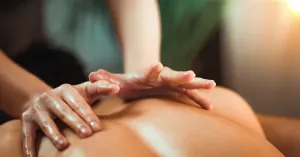
Miracles and Mysteries in the Field of Massage – Part 3
Dear readers,
Let’s continue the pattern. In the fields of medical and sports massage, both we and our patients often consider it a miracle when we achieve unusually fast and/or unexpectedly outstanding clinical outcomes. For example, when a person suffers for long periods from stress-related disorders and/or experiences significant anxiety or worry while preparing for a difficult surgery
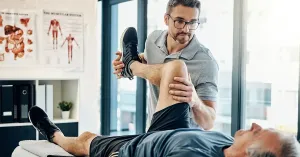
Warning: Stretching and Exercise Can Be Hazardous
Because of the importance of the case I am about to present, I decided to postpone writing “Miracles and Mysteries in the Field of Massage – Part 3.” In the meantime, for those who have not had a chance to read Part One and Part Two, you are welcome to click the links below.
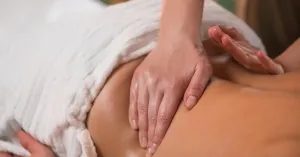
Miracles and Mysteries in the Field of Massage – Part 2
Last Sunday, early in the morning, I published Part 1. By afternoon, I received a call from a retired board-certified internal medicine physician whom I’ve known and respected for 25 years. Years ago, we were members of a close-knit integrative medicine group.

Miracles and Mysteries in the Field of Massage Part 1
One can say that I cover nearly every possible condition we face in our practice. A few years ago, I truly believed that I had completed my teaching mission—that there was nothing more to cover or teach. That was my sense of accomplishment at the time.

Science-Based Medical and Sports Massage Is Not Rocket Science
I am planning to return to teaching and would like to share what you can expect—my views on continuing education and massage education in general. This way, if you decide to attend my classes, you will be better prepared to understand my approach and adapt to my methods.

Beyond Technique: Safety, Specialization, and the Future of Medical Massage
Reality Check:
Medical schools as well as massage schools prepare students for clinical practice, generally focusing on building a solid foundation. Students then choose their specializations—MDs select different residency programs. In contrast, massage therapy school graduates do not require residency studies; they simply choose relevant continuing education programs to prepare for their desired careers.
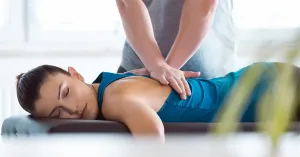
Danger of Overstimulation
Anyone who has attended my classes or follows my writings knows that I proudly declare: massage procedures, when applied appropriately, cannot do harm. Today’s presentation is about exactly that—do no harm. I often say that massage therapy is not rocket science. It is easy to learn hands-on techniques, and if applied correctly, massage procedures are 100% free of side effects. At the same time, massage is an extremely powerful therapeutic methodology.
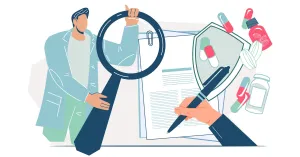
FDA Requiring Patient-Reported Outcomes — Part 3
A little over 10 years ago, when the “evidence-based massage practice” movement began, something strange happened. Suddenly, every author publishing in professional massage journals started attaching long lists of references. Many of these same authors, who had been publishing for years without citing sources, suddenly filled their articles with references—and this alone was interpreted as evidence-based writing.
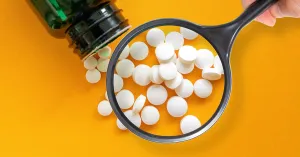
FDA Requiring Patient-Reported Outcomes — Part 2
Generally speaking, I am not a person who rushes to suspect conspiracies. However, in Part 1 I may have sounded as though I believed in conspiracies—suggesting that big pharma created “evidence-based medicine,” reshaped the norms of real research, and shifted the proper standards of FDA functions.
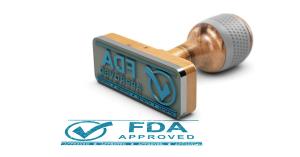
FDA Requiring Patient-Reported Outcomes — Part 1
I believe that the FDA’s requirement to include patient-reported outcomes in product approval submissions was both necessary and overdue. At the time this rule was introduced, fraud in the scientific community was completely out of control—60% of research data could not be reproduced. In other words, researchers were “cooking” results.
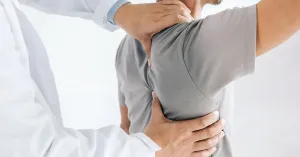
History of the Soviet Medical and Sports Massage
Onset muscle soreness is not an innocent phenomenon—it is the result of trauma caused by neutrophils. If this repeated trauma is not prevented after each session of vigorous exercise, Olympians, professional athletes, and even members of the general public who train intensely and push themselves to the limit may, over time, develop significant sports-related injuries.
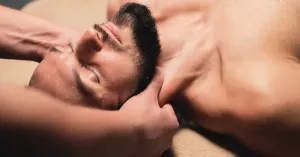
Management of post-concussion symptoms and post-traumatic encephalopathy with medical massage. Part II
In Part II Mr. B. Prilutsky shares with our readers treatment protocol for the management of post-concussion syndrome and prevention of post-traumatic encephalopathy. We think that the information presented in this article is very important for patients and therapists.
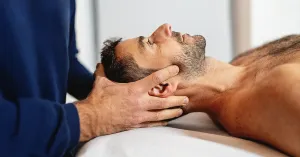
Management of Post-Concussion Symptoms and Post-Traumatic Encephalopathy With Medical Massage. Part I
In 1973 I received training performing medical massage protocol for rehabilitation from post-concussion brain dysfunction. During my long career, I wasn’t aware that the implementation of this protocol is such a necessity.
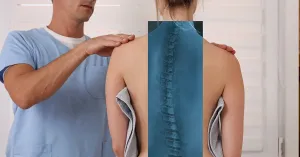
Medical Practice vs. Massage Practice
I have a habit of occasionally revisiting old Facebook discussions, comments, and posts. Today's writing was inspired by a post I made back in March 2025, where I shared a rather sad story. Upon rereading that discussion and reflecting on the reactions it sparked, I felt compelled to analyze the entire conversation more deeply.
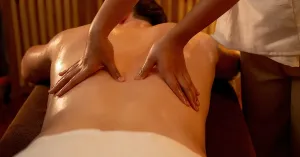
Massage in the Treatment of Cancer – Part 2
Over the course of my long career, I’ve treated many patients and have, on numerous occasions, achieved what could be described as “accidental” yet miraculous results—often for conditions that were not the primary focus of treatment.





